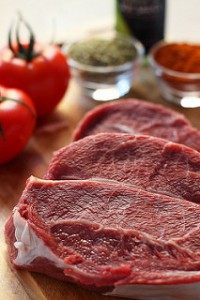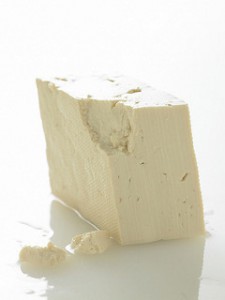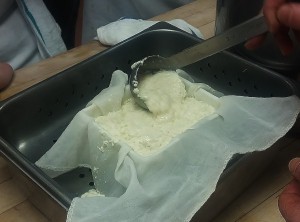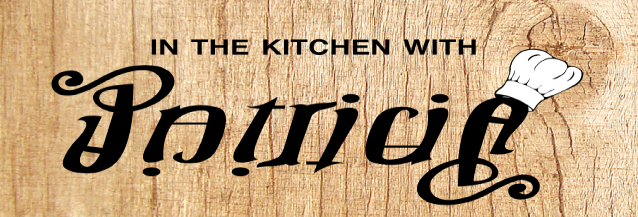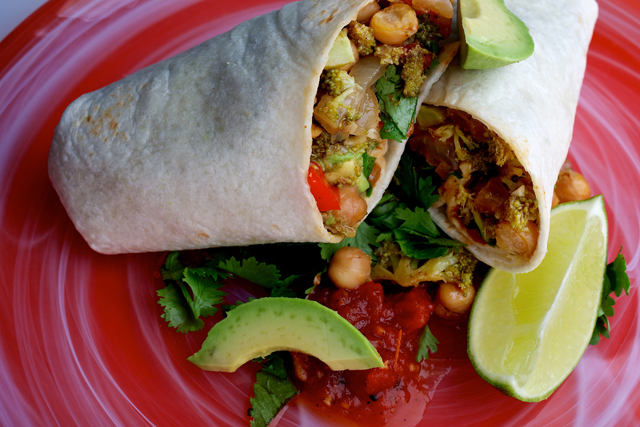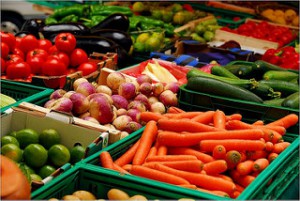
Image by: Enri Endrian
Sometimes when people hear the words, “vegan” or “vegetarian”, it tends to frighten them to even momentarily consider a life without eating meat. A life without the luxury of hamburgers, steak and more, but for me this wasn’t frightening it was my entire childhood. I was a vegetarian for over fifteen years; my diet was mostly beans, nuts, soy-based protein products, fruits, vegetables, and grains. Yet so many people couldn’t understand or even try to fathom this lifestyle because of their love for meat-based meals. Meat is simply too valuable for them to give up, whereas most of their favorite dishes were those I had yet to taste or even have the pleasure of cooking.
Although, I now eat meat, I have a greater appreciation for all types of food, which I credit to being a vegetarian. I can enjoy many varieties of meals because of my flexible palate. I am now taking an art of vegetarian cuisine course at the college and it has added to my knowledge of vegetarian and vegan cooking. It is wonderful and reminds me of my childhood. I am no longer a full vegetarian because I was having some health concerns, I was not receiving enough protein to convert to the amount of energy I needed per day. Protein is one of the many reasons that vegetarians and vegans struggle in their dietary lifestyles, it can be difficult to eat enough protein that functionally needed for our bodies. If a chicken breast has twenty grams of protein, in order to equal as much in a meatless product you will probably have to eat more than one serving of tofu or beans. Grains help such as quinoa, which are not only high in protein but also a high source of fiber.
While being a vegetarian or vegan is difficult, it’s slowly gaining more attention. Still though there are not many food options at restaurants that support this diet, unless of course, you want to enjoy a salad every single time you dine out. I do not regret being a vegetarian at all, as it is what made me develop a greater love for food and how it’s prepared. However for more than half of my life I was a vegetarian and now I consume meat products and I wonder how much of a surprise that can be for someone who has always consumed meat and decides to become a vegan/vegetarian.
I wanted to share this video below with all of you; it is about butchers trying vegan and vegetarian food for the first time. They had many complaints in terms of taste, quality, and texture.
Comment below about your views of veganism/vegetarianism as well as if you would want to be a vegan/vegetarian? If so or not, why? How would you transition into this lifestyle? And have you ever tried vegan/vegetarian food?

